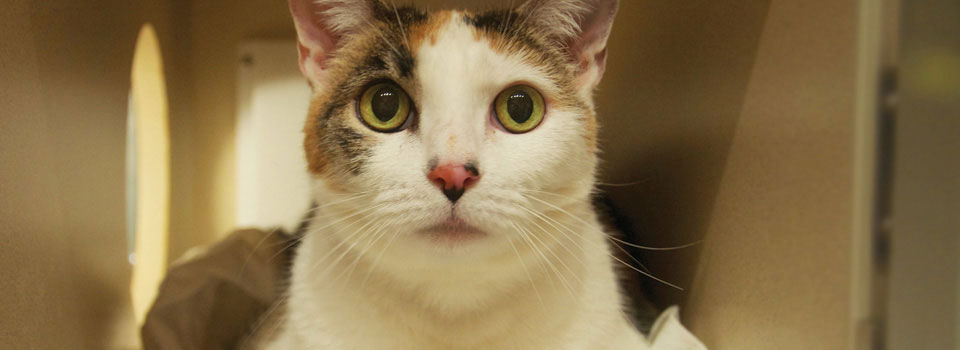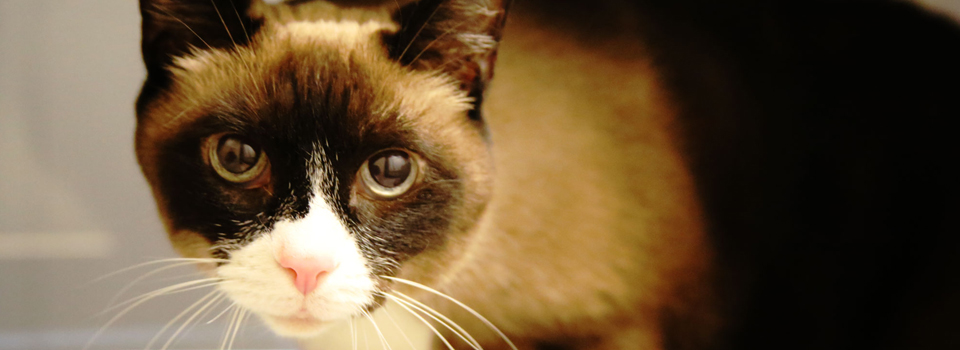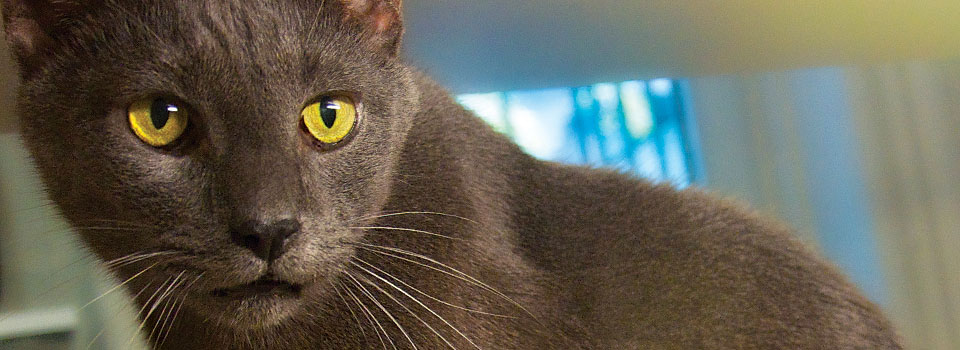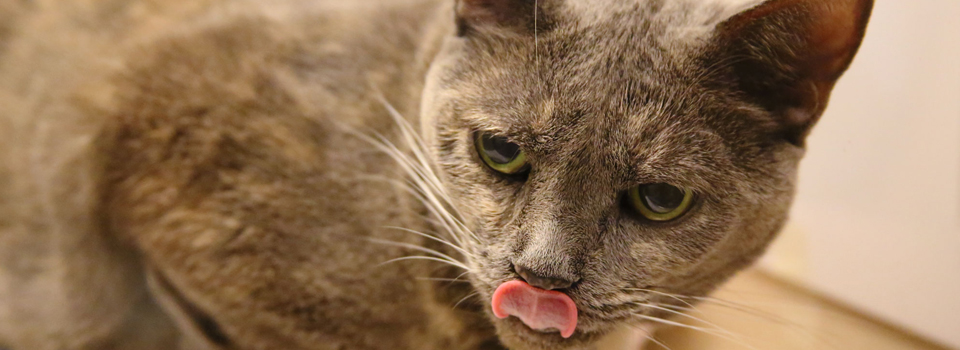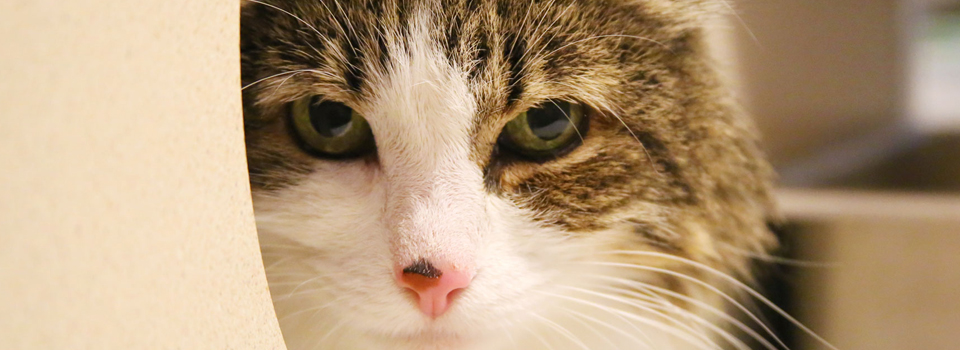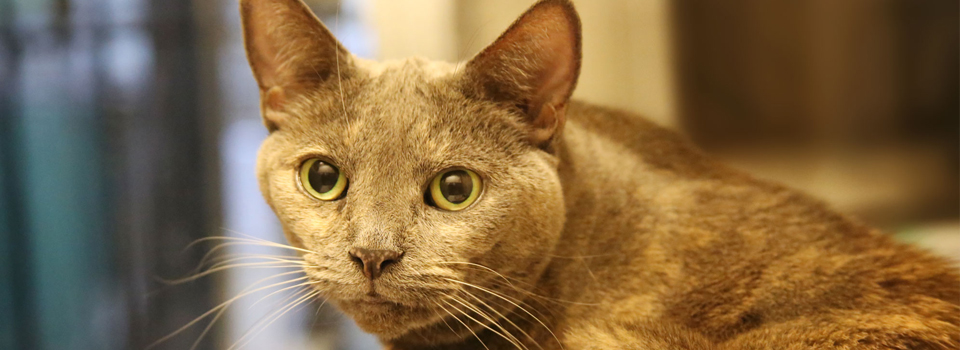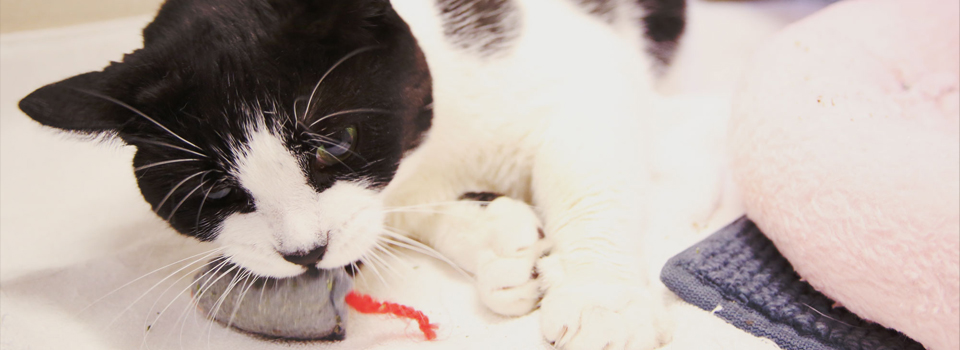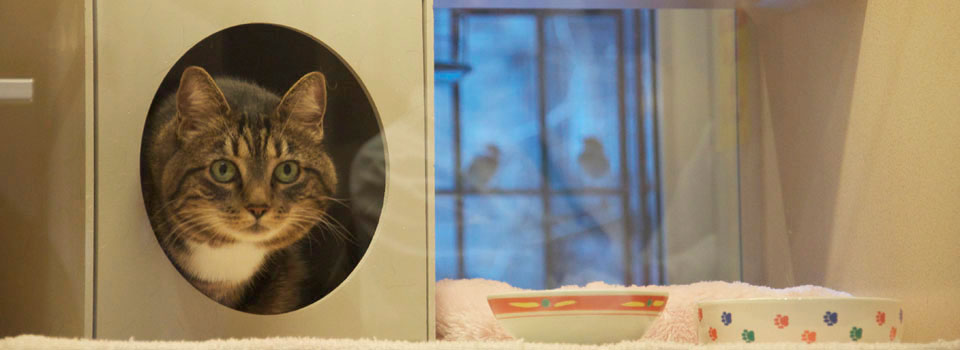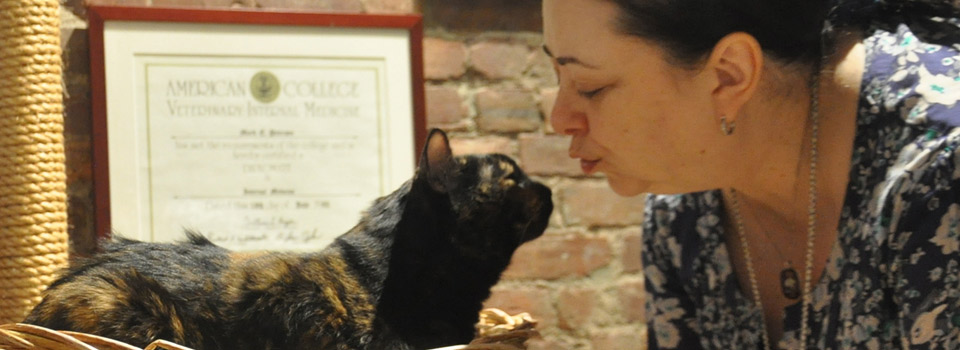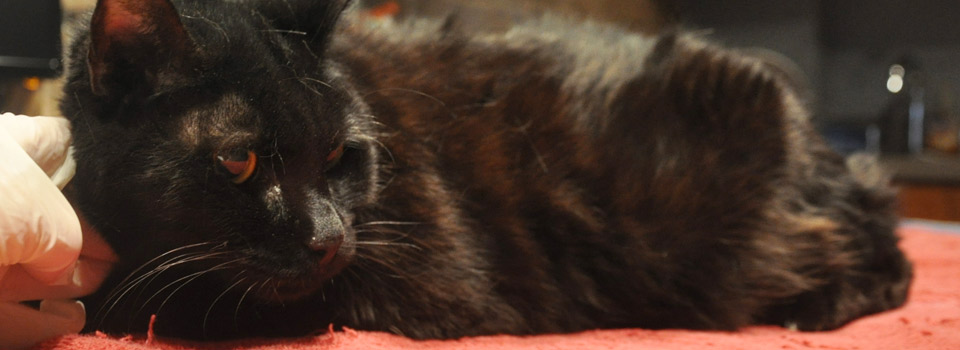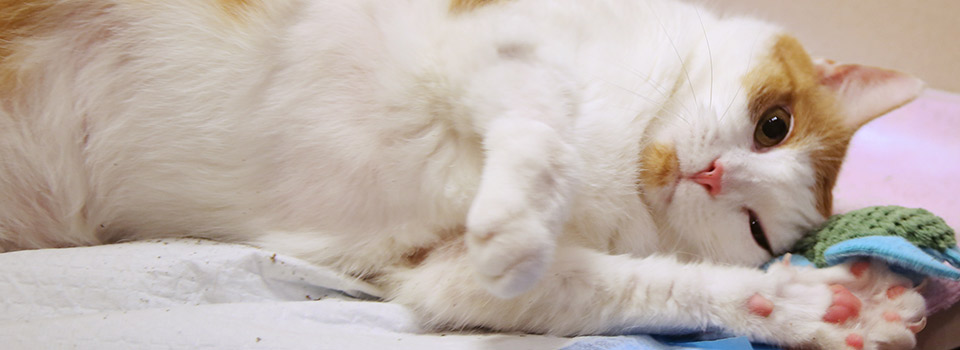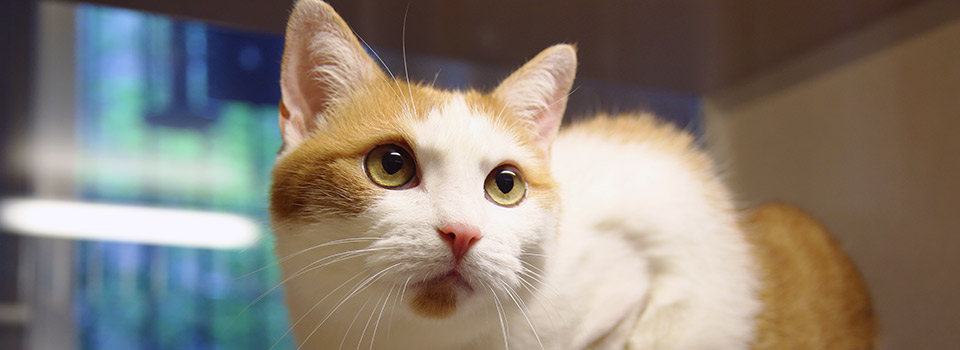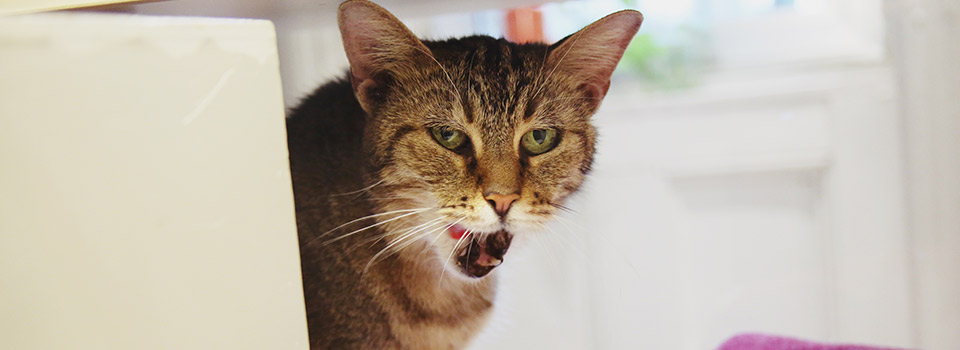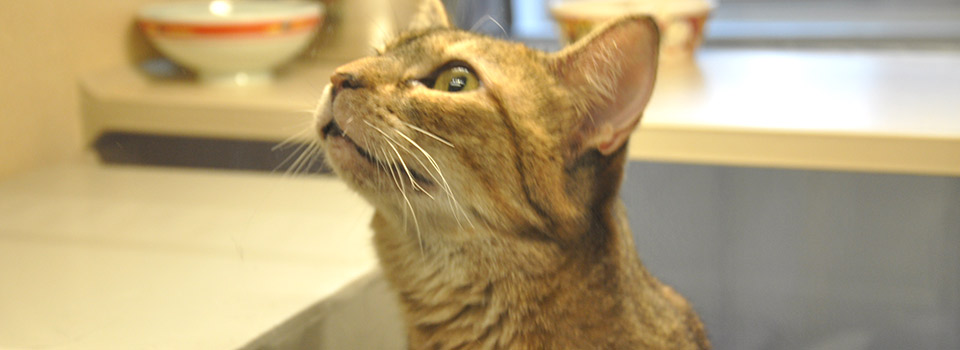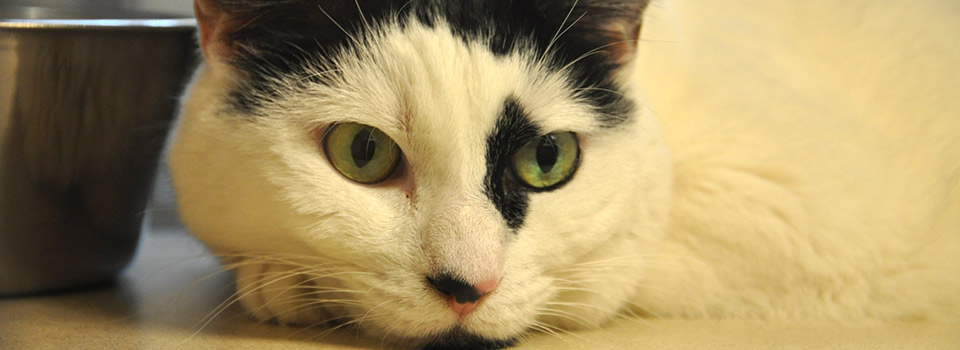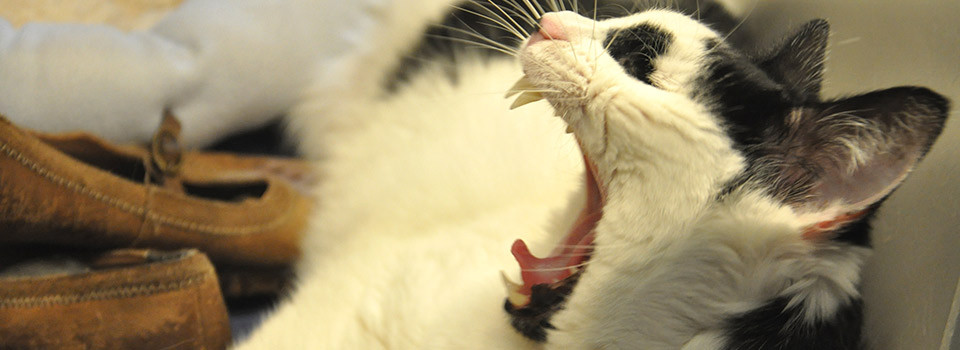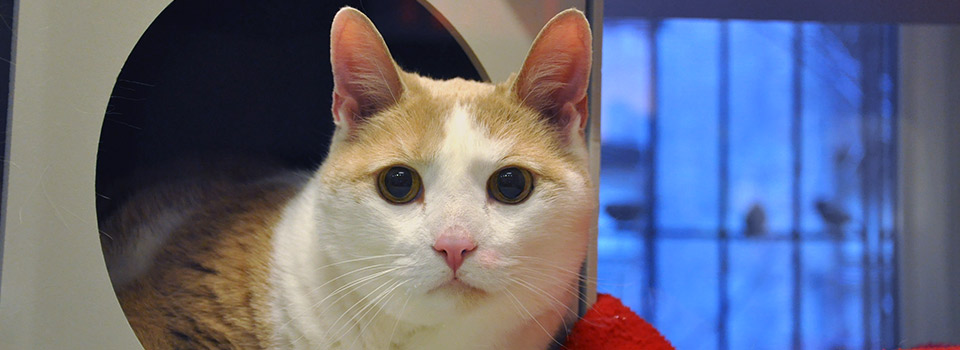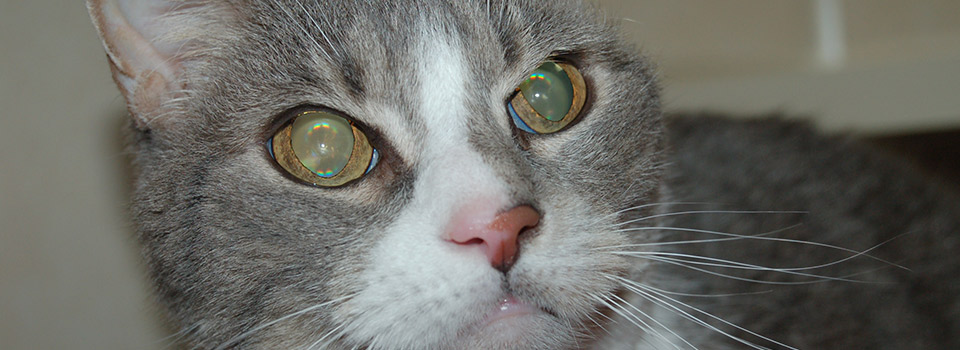The thyroid gland — a double-lobed gland in the neck area of cats, humans and all mammals — regulates metabolic rate. In cats, the condition of hyperthyroidism occurs when the thyroid gland develops a tumor (95% are benign but a few are malignant) that causes the production of too much thyroid hormone.
In hyperthyroid cats, excess thyroid hormone produced by the cat’s thyroid tumor speeds up most chemical reactions in the body, causing multiple clinical signs. These include weight loss despite an increased appetite, nervousness, increased activity, rapid and pounding heartbeat, increased thirst, matted fur, and shedding. Over time, this disease relentlessly takes its toll on body organs, including the heart, kidneys, and liver.
If your cat is manifesting one or more of these signs, your veterinarian should perform specific thyroid function tests to determine whether your cat is hyperthyroid.
What are the therapy options?
Since spontaneous remission of hyperthyroidism does not ever occur in cats, the aim of treatment is to normalize the excessive secretion of thyroid hormone by the cat's thyroid gland. Because all thyroid cats have a thyroid tumor (95% are benign but a few are malignant), a secondary aim of treatment is to remove or destroy the cat's thyroid tumor(s).
There are three options for the treatment of hyperthyroidism in cats:
Click here to see for yourself how radioiodine compares to medical or surgical treatments
Click here to listen to Dr. Peterson's interview about hyperthyroidism on Pet Life Radio

